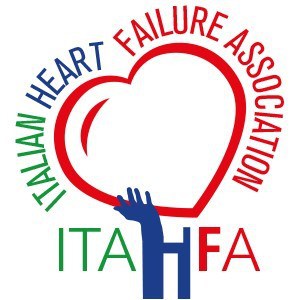Dr Van Spall:
I'm Harriette Van Spall and I'm delighted to have with me Professor Jim Januzzi from Harvard Medical School. We are here at HFA 2023 to discuss his TRACER HF trial. Welcome.
Dr Januzzi:
Thank you. It’s good to be here.
Dr Van Spall:
Tell us about the rationale for this trial.
Dr Januzzi:
Yeah, so this interesting subject, it's been found in experimental models that copper depletion, like some other trace minerals like iron, may be associated with myocardial dysfunction. And in addition, restoration of normal intracellular copper concentrations is associated with reverse remodelling and prolonged survival in heart failure models. The issue is that until recently, there was no therapeutic that could restore normal copper concentrations within cardiomyocytes until the discovery that this drug, trientine hydrochloride, that we examined could do this process.
Dr Van Spall:
So, was there any background evidence that informed this phase two trial?
Dr Januzzi:
Yeah, so animal model data only non-human primate data as well. But here's the thing. Rather than going to phase one to examine potential safety in humans, trientine has been usedfor more than 40 years to treat Wilson's Disease.
Dr Van Spall:
Wilson’s.
Dr Januzzi:
Yeah, exactly. So that's at higher doses, where it binds and removes copper from the body. But at lower doses, trientine has this unique copper chaperone effect, where it binds cupric valence copper and brings it intracellularly.
Dr Van Spall:
So, tell me about the eligibility criteria and the study design.
Dr Januzzi:
Yeah, so we studied heart failure with reduced ejection fraction. These were patients with symptomatic heart failure with an EF 40% or less and an elevated NT Pro BNP. Okay. We randomized them to placebo or three ascending doses of trientine. The goal of TRACER was to identify a dose. So, we looked at 50 milligrams, 150 and 300, and we followed them for twelve weeks in their various study arms to do several different examinations, the primary endpoint being the proportional change of NT ProBNP from baseline to twelve weeks. And what were the study results? Yeah, interesting results in a few ways. One is the primary endpoint was not positive by twelve weeks. However, at four and eight weeks, there was a 20%reduction in NT Pro BNP in the 300-milligram arm. By twelve weeks, however, that difference was no longer evident. However, in the secondary endpoints, including reverse cardiac remodelling, six-minute walk distance, and health status by Kansas City cardiomyopathy questionnaire, there were all improvements favouring the 300-milligram dose. Lastly, and interestingly, we found a baseline interaction by ejection fraction, such that EFs less than 30% at baseline showed a striking impact on the NT proBNP, as well as, as we will present in later meetings, a substantial impact on the secondary outcome measures.
Dr Van Spall:
So, mechanistically, is there a reason why you had this treatment effect earlier on and that got attenuated at your primary endpoint time point?
Dr Januzzi:
Absolutely. Great question. We don't have mechanistic explanations yet. The one thing I will say is it may note a mechanistic issue, it may be a trial issue. TRACER HF was performed mostly in China because of difficulties enrolling during the US part of the COVID pandemic, we pivoted to China enrolment, where patients were not pulling back from study visits. But unfortunately, at the end of 2022, there was a massive surge of COVID-19 in China that affected many of our study participants. So, one possibility is that it may have resulted in patients missing follow up visits or stopping the investigational product.
Dr Van Spall:
And do you have data on that?
Dr Januzzi:
We’re working on it right now. We’ve looked at several different ways, but the ultimate way is to look at the PK data, the pharmacokinetics data, where we are measuring trientine concentrations, so we’ll be able to get a sense of whether there was a tailing off later in the study.
Dr Van Spall:
Fantastic. Well, thank you for dropping by and discussing this fascinating phase two trial with us. Thank you. Really lovely to see you.
Dr Januzzi:
You as well. Thanks.








Comments